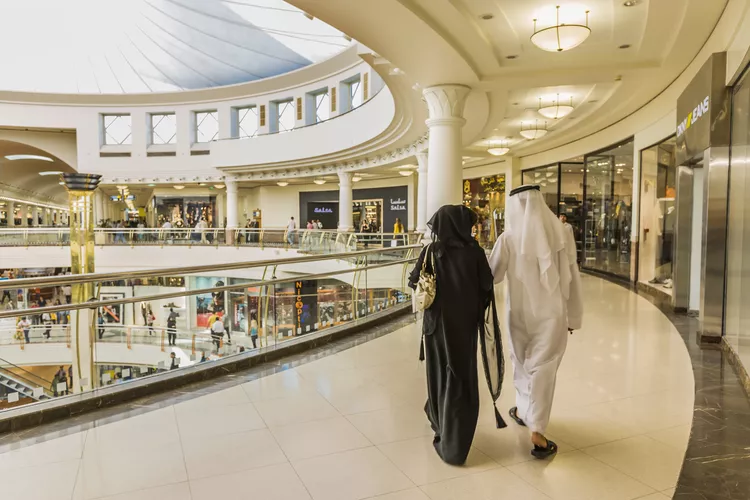Summary of Dressing in Muslim Countries
If less is more in most fashion circles, dressing in traditionally Muslim countries is quite the opposite—covering up is essential. This advice comes from travel experts worldwide, who highlight various behaviors that may be frowned upon, if not outright forbidden.
Dressing Dos and Don’ts
Melissa Vinitsky, who spent time in Cairo and authored Women & Islam: Tales from the Road, emphasizes that decorum is paramount:
“With Muslim women largely behind the scenes and out of reach, a foreign woman, even modestly dressed, stands out like a bikini-clad girl skiing down the slopes in midwinter. On top of that, many Arab men, influenced by American movies and TV, subscribe to the common belief that Western women are easy.”
Covering your arms and legs with loose clothing is always advisable when in public. If staying in a large hotel with many westerners, it’s acceptable to wear normal clothing while there.
Many female travelers recommend covering the hair in Islamic countries to minimize unwanted attention. In mosques, this is not optional—women, local or traveler, must cover their hair. Regardless of personal beliefs, female travelers should always cover their hair in mosques. A video tutorial on how to wear a hijab simplifies the process; all you need is a large square scarf.
While wearing traditional dress is not mandatory, many women travelers opt to learn about typical Muslim attire and may choose to dress accordingly. Common women’s garments include:
- Chador or Burka: A long, loose robe that envelops the entire body and head, often combined with a veil covering the face.
- Kamiz: Loose trousers paired with a tunic.
- Hijab: A scarf or veil that typically covers the head and chest.
Dress Codes for Different Muslim Countries
While overall dress guidelines exist for Muslim countries, customs may change dramatically depending on your location. Explore recommended attire for specific countries at Journeywoman, known for its helpful clothing tips for women traveling abroad.
Traveling to Iran? Be sure to check the dress code details from the Iranian Visa site, which states that the Islamic dress code for women activates the moment your plane enters Iranian airspace.
Islamic dress codes are strictly enforced. In public, women must cover their heads with a headscarf, wear long skirts or loose trousers, and a long-sleeved tunic or coat that reaches the knee.
In Dubai, westerners can dress freely at resorts but should wear modest attire in public areas. The city showcases a diverse array of fashionably dressed women, making designer accessories a stylish addition to your modest wardrobe.
Tips From Experienced Female Travelers
While modesty often reigns supreme, it’s vital to dress appropriately for climate and culture. An experienced traveler states that “not only is modesty important, but loose clothing offers more comfort in the heat.” Additionally, consider how easily your clothing choices align with common customs; for instance, in cultures where removing shoes upon entering a home is customary, opt for sandals or slip-on shoes.
Dressing respectfully is crucial for your own safety. According to numerous female travelers, modest clothing choices often lead to appreciation from locals and can protect against unwanted attention, including stares and inappropriate remarks.
The Bottom Line
Observing local customs and traditions while traveling in Muslim countries will enhance both your physical and social comfort. If you only pack one extra item, ensure it’s a scarf for covering your head or shoulders as required. In Islamic cities, as everywhere else, respecting others increases the likelihood of earning their respect in return.





